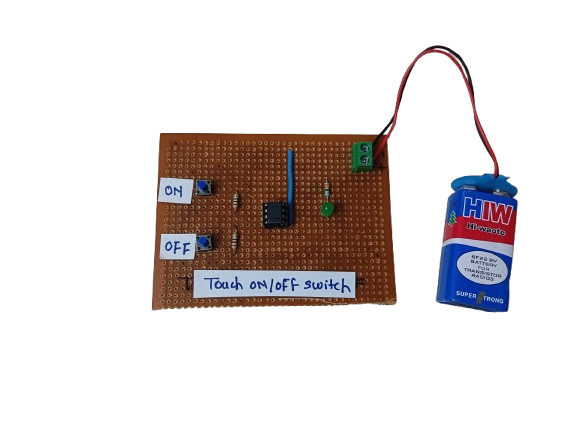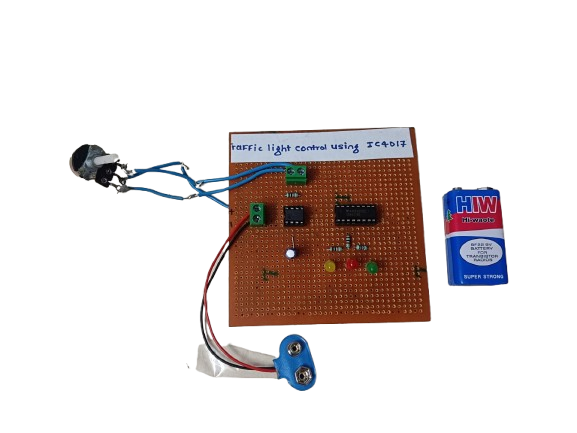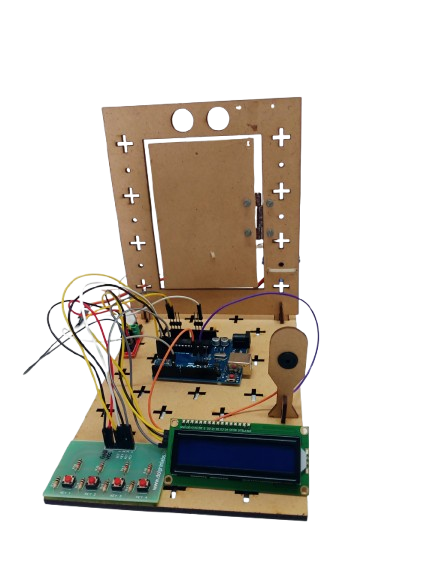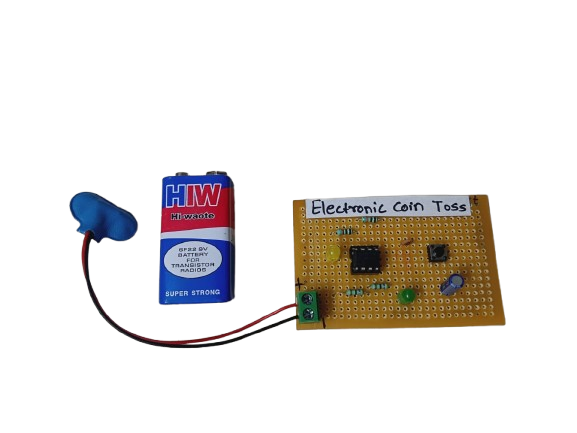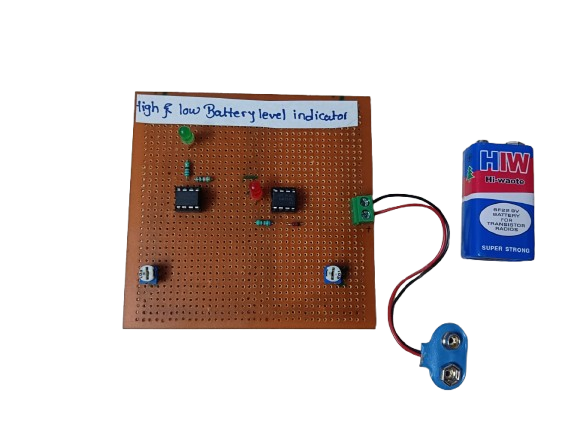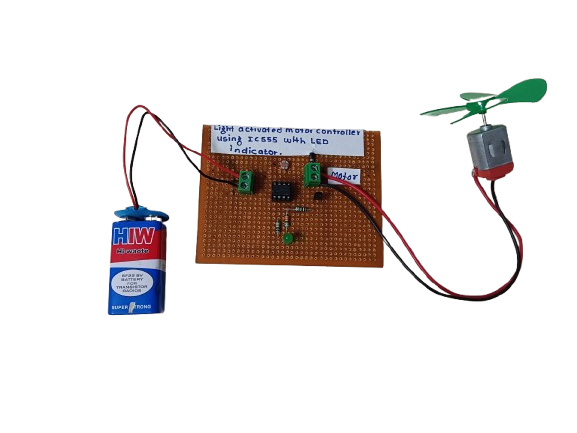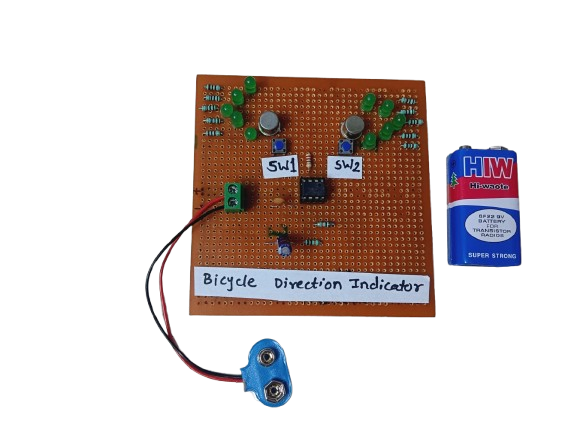RGB LED
₹140.00
In StockAn RGB LED is a light-emitting diode that combines Red, Green, and Blue LEDs in a single package. By adjusting the brightness of each color, it can produce millions of colors, making it ideal for decorative lighting, displays, and indicators.
Description
An RGB LED is a versatile and popular lighting component used in electronics and design. It consists of three separate LEDs—Red, Green, and Blue—either in a common cathode or common anode configuration. These colors are the primary colors of light, and by mixing them in different intensities, you can generate any color in the visible spectrum.
RGB LEDs are used in everything from TVs, smart lighting, and wearable tech, to DIY Arduino projects. They allow for dynamic color control, animations, and mood lighting. RGB LEDs can be manually controlled with resistors and switches, or digitally controlled using microcontrollers (like Arduino or ESP32) with PWM (Pulse Width Modulation) to set brightness levels.
Applications:
1.Smart Lighting
1.Mood lights, color-changing bulbs, ambient light systems.
2.Displays and Signage
1.Used in LED matrix displays and billboards.
3.Status Indicators
1.Show device state (e.g., red = error, green = OK, blue = standby).
4.Wearables and Fashion
1.Used in glowing accessories and reactive clothing.
5.Home Automation
1.RGB lights controlled via phone apps or voice assistants (e.g., Alexa, Google Home).
6.Gaming and PC Builds
1.RGB fans, strips, and keyboards for visual effects.
-
A Touch ON/OFF Switch is an electronic circuit that allows a device to be turned on or off by simply touching a sensor pad or wire, instead of using a mechanical switch. It works by detecting a small electrical signal from the human body (capacitive or resistive touch) and using that to toggle the output state.
These switches are commonly used in modern electronics, home automation, and DIY projects due to their durability, aesthetic appeal, and user-friendly operation.
₹150.00 -
A Flip-Flop LED Flasher is a simple electronic circuit that alternately turns two LEDs on and off in a continuous loop, creating a blinking or “flashing” effect. It’s commonly built using transistors, resistors, capacitors, and LEDs, forming an astable multivibrator — a basic circuit that oscillates between two states without any external triggering.
It’s often used for decoration, indicators, or learning basic electronics.
₹175.00 -
A traffic light control circuit using IC CD4017 is a simple digital electronics project that mimics the working of a real traffic light system. It uses the CD4017 decade counter IC along with a timer (usually 555 IC) to sequentially switch Red, Yellow, and Green LEDs, simulating the flow of traffic signals.
₹250.00 -
A Digital Lock System is an electronic security project designed to control access using a password entered via a keypad. It utilizes an Arduino, keypad, LCD, servo motor, and buzzer to provide a safe, automated locking mechanism. When the correct password is entered, the lock opens; if the wrong password is entered, an alert is triggered. This project is widely used in home security, lockers, safes, and access-controlled systems.




